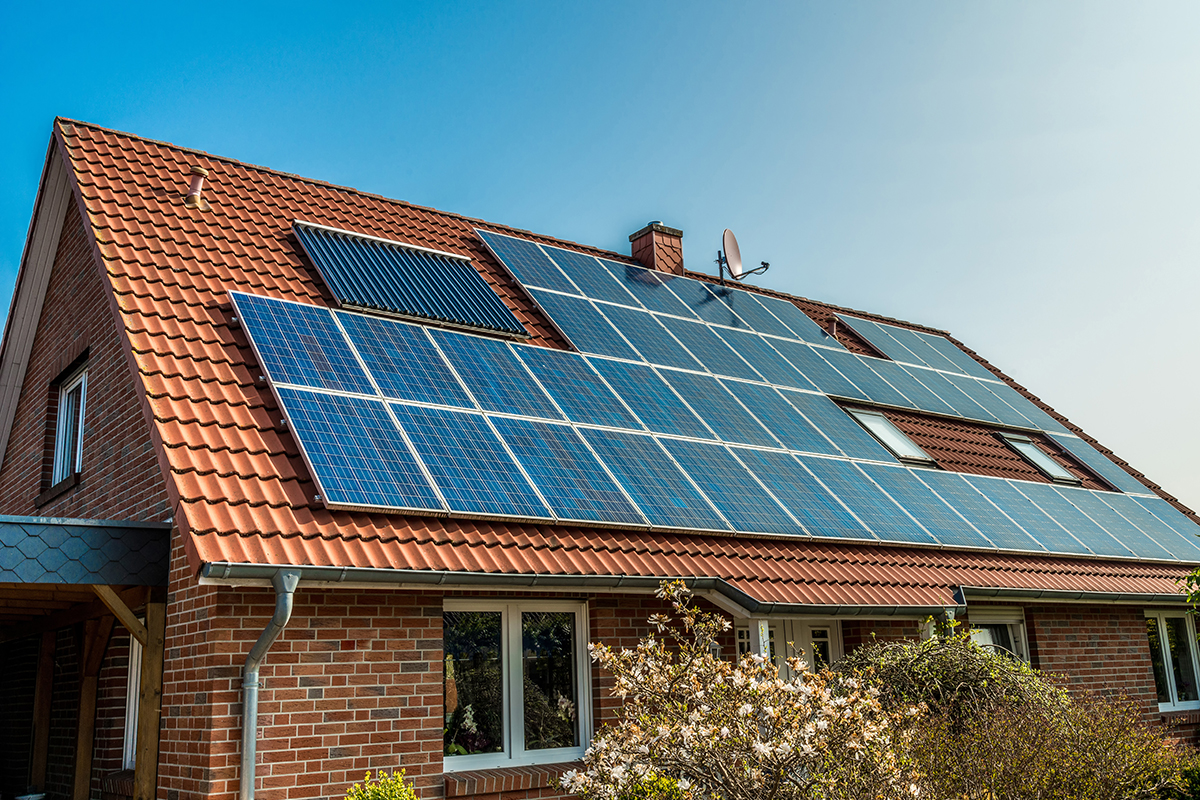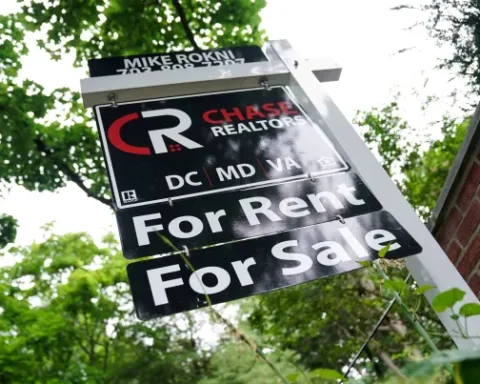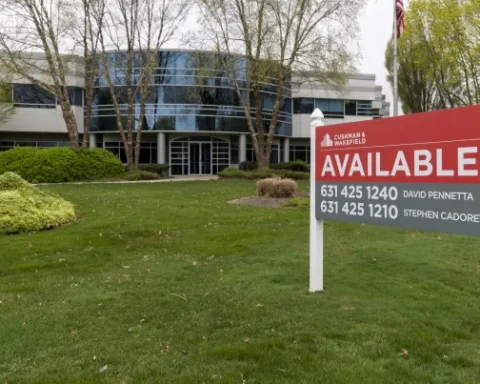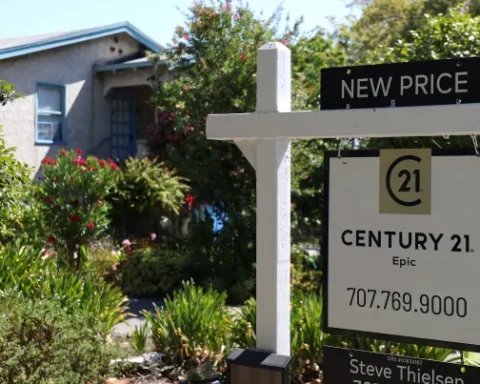In recent times, as extreme weather events and natural disasters grow more frequent, the power outages that follow have become an all too familiar scenario for Americans. This increased risk calls for consideration of home backup power storage systems. But as many homeowners may be contemplating a shift to solar energy, they’re learning that installing solar isn’t the only significant financial decision in the quest to control home power.
Various factors influence the decision-making process in choosing a backup power system. These include the increasing incidences of extreme weather, climate change implications, and the reliability and costs of local utilities. Benjamin R. Dierker, the Alliance for Innovation and Infrastructure executive director, expressed, “Backup power may be warranted depending on regional factors and geography as well as the state of the infrastructure there.” In coastal regions, infrastructure robustness like storm walls, drainage systems, and the electrical grid come into play. In other areas, challenges like falling trees due to high winds, tornados, or ice make reliability a concern.
As of September 11th, the United States has faced 23 major weather/climate disaster events, each with losses of over $1 billion, highlighting the importance of preparation. For homeowners pondering their backup power options, Vikram Aggarwal, CEO of EnergySage, suggests evaluating the critical appliances and their duration of need during outages. This assessment will determine whether a minimalistic solution, like a small battery or portable generator, suffices or if a whole-home backup system is more appropriate.
The decision also hinges on factors like the frequency and duration of power outages in specific locations—for example, states like California, Texas, and Louisiana experience more prolonged outages than others. When choosing between fossil fuel-powered generators and battery power, consumers must weigh the costs, duration of power supply, environmental impact, and maintenance needs. The Inflation Reduction Act also offers a 30% tax credit for battery storage installation, providing an incentive to consider environmentally friendly battery options.
Another innovative solution gaining traction is using Electric Vehicles (EVs) as backup power. With technological advancements, vehicles like Ford’s F-150 Lightning can power a home for several days. Highlighting the potential of EVs, Stephen Pantano from Rewiring America says, “If you’re contemplating spending $10,000 on a whole home gas generator system, why not think about an EV with this capability instead?”
Solar-plus-storage systems are also gaining popularity. While most solar panels are grid-connected, integrating them with batteries can offer backup power. The combined cost of such a system can range from $25,000 to $35,000, but the long-term energy savings and tax incentives can make them an economical choice in the long run.
Platforms like EnergySage and Switch is On provide valuable information on contractors, solar options, and incentives for those considering these options.
The evolving challenges posed by climate change make home backup power systems more crucial than ever. While solar panels remain a popular choice, the decision to invest in backup power extends beyond just solar solutions. Homeowners must assess their specific needs, regional factors, available incentives, and long-term benefits before making an informed choice.







